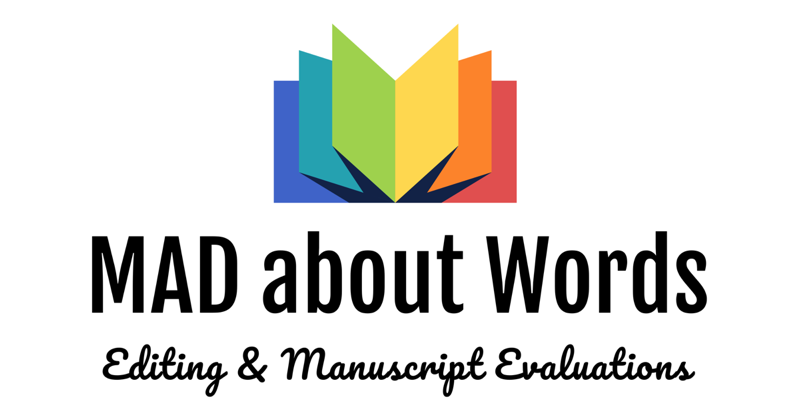 “Revision” means to “see again.”
“Revision” means to “see again.”
How can you to see your writing from the detached perspective necessary for revision when you’ve been immersed in it? Here are five ways you can approach your manuscript with a fresh perspective.
1) Put It Away
Take the longest break possible between finishing your draft and revision. Time away from your work will give you the emotional and psychological distance you need to see it anew. Unless you’re bound by a contest or contract deadline, let your book-length work rest for up to six months.
2) Change the Scenery
If it’s your habit to write on a computer, print a hard copy of your manuscript for review. Make the printout look different from the screen version by changing the font. You might be surprised by how reading your work in Helvetica rather than Times New Roman not only changes how your eye sees the work, but how your mind sees it, too.
Similarly, try revising in a different place or time of day than you create.
3) Read it Aloud
Hearing your writing takes it out of your head and gives you a new opportunity to see it (hear it!) with revitalized attention. Read your manuscript aloud from beginning to end, even though a long work might take several days. Resist the urge to stop and tinker with a sentence or scene. If you come across something that needs work, mark it for further review and move on quickly.
You might also try recording and playing back your reading or having a trusted friend or writing partner read your work to you.
4) Take a Bird’s Eye View
Spread a chapter or two out on a long table—or on the floor—so you can view each page individually. Look at your pages from above. See walls of unbroken text or dense paragraphs (all narrative)? See pages with nothing but short, loose paragraphs (all dialogue)? See sections where all the paragraphs are virtually the same length? Mark these sections for review, because they may indicate issues with a balance between dialogue and narrative or problems with proportion, rhythm or pacing.
5) Do It Again
Retype your entire manuscript (or a problem chapter). This tactile approach—going over your work word by word—is bound to spark new ideas.
What do you do to get a fresh look at your manuscript? What worked and what didn’t as an approach to revision?
